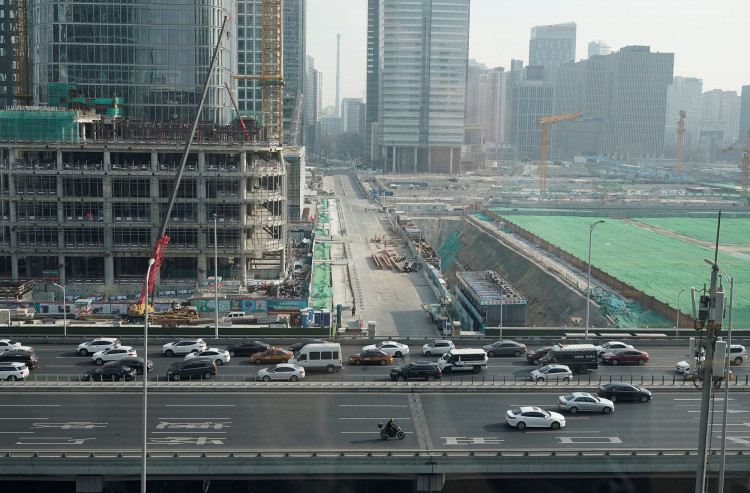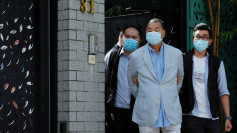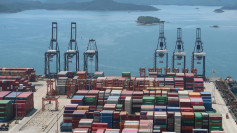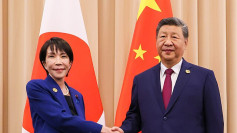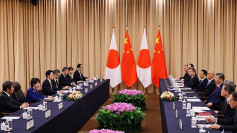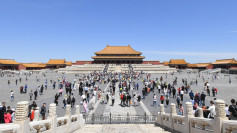China's economy grew 5.2% in the second quarter from a year earlier, slightly above expectations, as exporters capitalized on a temporary trade truce with the United States. But fresh concerns about domestic demand, persistent deflation, and rising unemployment signal that momentum may be difficult to sustain without additional policy support.
The quarterly GDP figure, reported Tuesday by the National Bureau of Statistics (NBS), beat the 5.1% median forecast from a Reuters survey of 40 economists. First-quarter growth had reached 5.4%, putting the first-half annualized pace at 5.3%-just above the government's full-year target of "around 5%."
"We are also keenly aware that the external environment remains complex and volatile," said Sheng Laiyun, deputy commissioner of the NBS. "Internal structural problems have yet to be fundamentally resolved, and the foundation of economic performance still needs to be further strengthened."
A key contributor to second-quarter growth was a 5.8% year-on-year increase in exports in June, aided by a temporary reduction in U.S. tariffs under a trade truce brokered in Geneva in May. Exports to Southeast Asia surged more than 18%, while shipments to Vietnam rose 25%. Exports to the U.S., however, fell 16.1% year-on-year in June and 9.9% for the first half overall.
Meanwhile, rare earth exports jumped 32% in June, a signal of improved bilateral coordination after talks in London cleared regulatory hurdles. But trade tensions remain. U.S. President Donald Trump has threatened to reimpose tariffs of up to 245% if no final deal is reached by the August 12 deadline.
Domestically, structural weaknesses persisted:
- Retail sales grew 4.8% year-on-year in June, slowing from 6.4% in May.
- Industrial output climbed 6.8% in June, up from 5.8% a month earlier.
- Property investment plunged 11.2% in the first half versus a year ago.
"The housing market is slowing again, weighing on the economy after a brief recovery," said Larry Hu, chief China economist at Macquarie Group, in a research note Wednesday.
Consumer and producer prices reflected growing deflationary pressure. The Producer Price Index (PPI) declined 3.6% in June-its steepest drop in nearly two years-marking 33 straight months of producer deflation. The Consumer Price Index (CPI) rose just 0.1% from the previous year, ending a four-month streak of price declines.
To address labor market weakness, China's State Council unveiled new measures Wednesday to "stabilize employment," targeting youth in particular. The urban unemployment rate was 5% in June, but joblessness among 16- to 24-year-olds stood at 14.9%. Under a new plan, employers who hire jobless youth will receive up to 1,500 yuan ($209) per person in subsidies and insurance coverage for at least three months.
Zichun Huang of Capital Economics was more skeptical, writing Tuesday that GDP growth was likely overstated by as much as 1.5 percentage points, estimating actual growth at closer to 3.5%. "With tariffs set to remain high, fiscal ammunition being depleted and structural headwinds persisting, growth is likely to slow further over the second half," she said.
